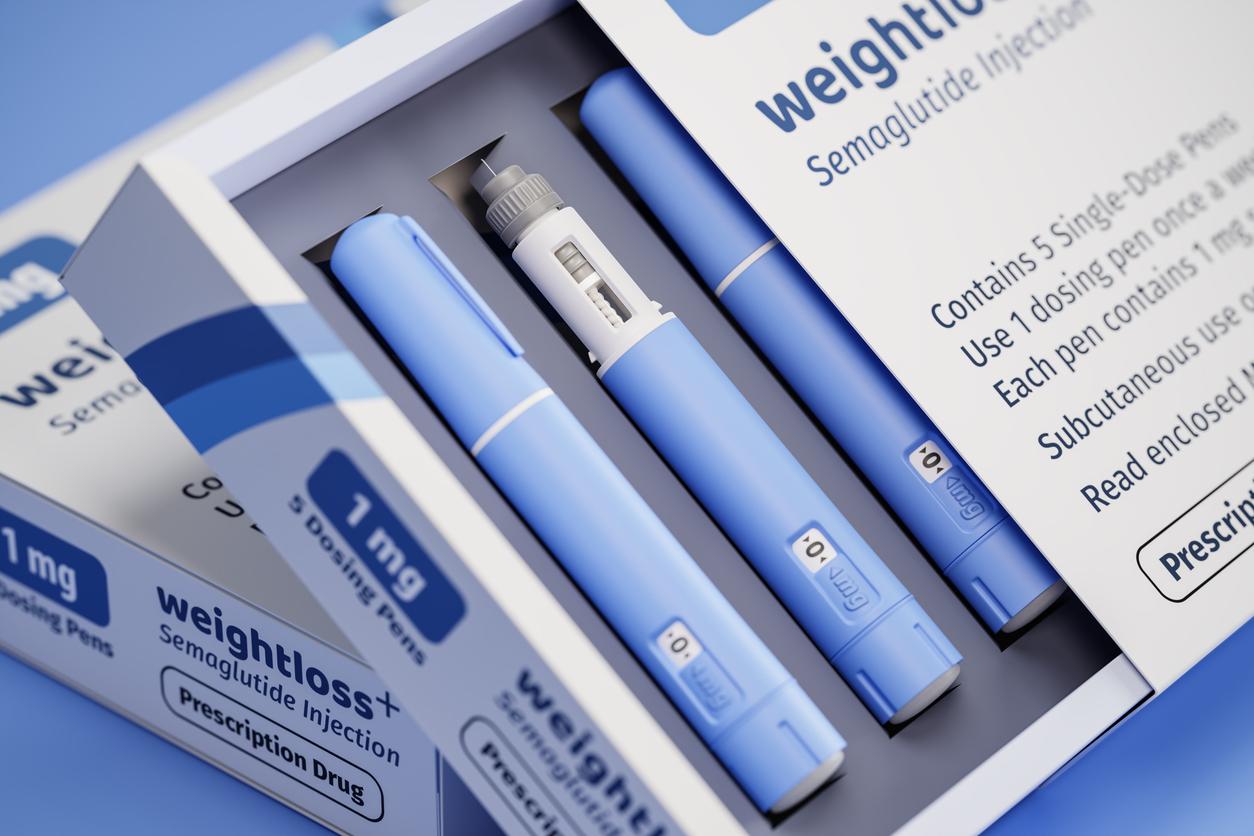Health applications now have a framework. The Haute Autorité de Santé has set the rules of best practice for apps and connected objects.

Tobacco Info Service, Stop Tobacco, Kwit… In this month of November, applications to help stop smoking are undoubtedly experiencing a boom. But what are they worth? While 45% of French people use a health app on a daily basis, the Haute Autorité de Santé (HAS) sets the rules. She published this November 7 a series of good practice recommendations. At its side, the two institutions responsible for IT security: the CNIL (1) and the ANSSI (2). The 101 criteria listed should improve the quality of applications and connected objects.
Framed health professionals
The need for a framework is real: more than 50,000 specialized health applications are available on the various mobile platforms. There are also various connected objects. There are almost as many arguments, ranging from advice on healthy living to the pill organizer through the measurement of menstruation. But so far, there was nothing to distinguish the good tools from the bad ones. So much so that the HAS evokes “the so-called ‘gray’ area of applications or connected objects having a potential effect on health without being a medical device. “
The repository therefore sets different criteria depending on the target audience. Applications intended for healthcare professionals will be those which, unsurprisingly, will be subject to strict control. Because the HAS determines several “critical” points: data analysis, the impact of the device on the treatment of the patient, the prevention message, etc. As soon as a health professional is involved, the Authority judges compliance with primordial rules.
Total transparency
Three main themes run through this document. First, everyone must be able to easily access the application. This results, on the one hand, by an intuitive interface, on the other hand by an adaptation to visual and hearing disabilities. Assistance via frequently asked questions (FAQ) or a hotline is a plus.
A wide variety of information circulates on health apps. It must be of irreproachable quality, establishes the HAS. To do this, health professionals or qualified organizations must be consulted during the development of the device. Transparency is total: any algorithm, any source and any conflict of interest must be disclosed – on the same basis as scientific publications.
The Haute Autorité de Santé also formulates a performance requirement. If the application or connected object offers data measurement, it must be precise and anticipate failures and other bugs. It should not threaten the physical integrity of the patient either. This performance extends, of course, to confidentiality. As with any health data, security and anonymization must be respected.
(1) CNIL: National Commission for Computing and Liberties
(2) ANSSI: National Agency for Information Systems Security
.















